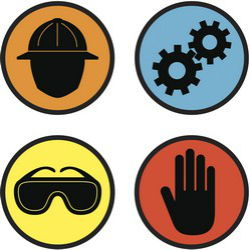Healthy and safe work by design
Workplace hazards can be reduced through safety-conscious design. Too often, insufficient consideration is given to such design aspects. One solution is Safety in Design, a concept that aims to prevent injuries and illness by considering hazards as early as possible in the planning and design process. To achieve this, end users and decision-makers came together to manage work health and safety risks by devising hazard identification and risk assessment methods. With this in mind, the EU-funded SIDE (Safety in design ergonomics) project set out to develop a safety-design process from a user-centred perspective. Using a multidisciplinary approach, project partners applied knowledge on human factors and structured risk management methods in the development of a design process. This task-based, user-centred design approach was applied in the design of mobile industrial equipment, road transportation (including both infrastructure and vehicles) and medical devices. They then gathered data on all three work domains. Overall, findings show that applying an iterative human factors design process can be very beneficial, helping to achieve safer designs for both equipment and work settings. This is because the design process focuses on end users and their tasks. SIDE produced substantial academic output, including an edited book, six journal papers, eight book chapters and peer-reviewed conference papers. Project results were presented and disseminated at national and international conferences. By fully considering the human element in equipment operation and maintenance, the SIDE solution should lead to safer workplaces and equipment particularly in the mining, manufacturing and construction industries.







